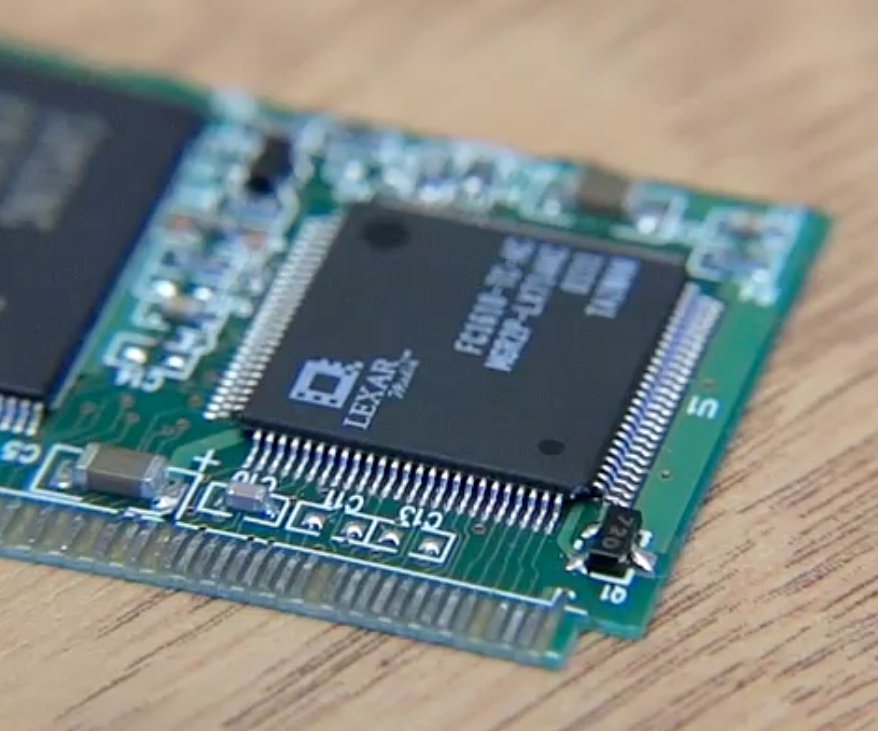Chocolate cravings, quantum computing and bumble-bee journeys
Interview with
Alan - Rats consume twice as much chocolate as they would normally eat when the concentration of an opium-like chemical is increased in a part of a rat's brain that wasn't previously thought to be linked with hunger say researchers at the University of Michigan.
 Levels of a naturally-produced chemical called enkephalin increased markedly when the rats started eating the chocolate.
Levels of a naturally-produced chemical called enkephalin increased markedly when the rats started eating the chocolate.
To find out whether the increased enkephalin levels caused the over-eating or were simply a product of it, the researchers stimulated the same brain area with another opium-like chemical. This caused the rats to eat 17 g of chocolate in one hour, the equivalent of consuming 3 and a half kilograms of chocolate for the average human.
The work, published in Current Biology, has applications to the underlying mechanisms behind addictions, from binge eating to drugs, as author Alexandra Di-Felice-Antonio explained:
Alexandra - One of the hallmarks of addiction and what makes it kind of odd is that, addicts over and over will say that they don't enjoy the drug as much and that they want to quit, they don't like the drug experience as much anymore, they don't find it as pleasurable. And as that pleasure decreases, at the same time, the wanting and the motivation for the drug is increasing. And so here, we've found a brain area where those two are split apart - you don't have this increase in liking, but you do have this increase in wanting.
[Originally stated in "Robinson, T. E., & Berridge, K. C. (1993). The neural basis of drug craving: An incentive-sensitization theory of addiction.Brain Research Reviews, 18(3), 247-291. doi:10.1016/0165-0173(93)90013-P"]
Alan - HIV medication can lead to increased liver toxicity and a test for liver toxicity that requires only a drop of blood and some specially designed paper, has been developed by Diagnostics for All, a company working in collaboration with scientists at the Beth Israel Medical Centre in Boston.
The paper changes colour when exposed to two enzymes present in blood plasma, similar to the way litmus paper reacts in the presence of an acid or alkali. Higher concentrations of these enzymes mean a greater chance of liver toxicity.
The test is designed for use in developing countries, as it requires no special training or electricity, costs pennies to produce and can give an answer in minutes. It is also very accurate, according to Jason Rolland, Senior Director of Research at Diagnostics for All,
Jason - We compared the test to a state-of-the-art instrument that costs hundred thousands of dollars and is located in modern hospitals. While that instrument is certainly more accurate, in the sense that it can measure the enzymes to a finer degree, in the ability to place a sample in these ranges of normal, elevated to highly elevated, we found that our device could do that with 90% accuracy.
Alan - The work was published in Science Translational Medicine.
Quantum computers attempt to use the principles of quantum mechanics to create much faster computers and until now they had been created using such exotic systems as photons of light.
 On a computer bits are the ones and zeros that are used to store data and do calculations. Scientists have now created an equivalent quantum bit, using the same techniques as the current, silicon-based computer industry.
On a computer bits are the ones and zeros that are used to store data and do calculations. Scientists have now created an equivalent quantum bit, using the same techniques as the current, silicon-based computer industry.
Researchers at the University of Sydney were able to read from and, for the first time, write information onto a single electron, on a single atom of phosphorus, attached to a specially engineered piece of silicon.
Co-author of the paper, published in Nature, Andrea Morello, explains their next step, to produce the basic building block of a fully-functioning computer, known as a logic gate,
Andrea - So, what we have demonstrated here is just the first bit. The next thing you need to do to do some useful operation is to take 2 bits and do what's called a 2-bit logic gate
Alan - And finally, bees are well-known for their ability to find the most efficient paths between flowers and now scientists at the Queen Mary University of London and Rothamsted Research, have observed and simulated how they do this outside the lab. This research could have applications to the way autonomous robots travel in the future.
The team set up five artificial flowers fifty metres apart, arranged in a pentagon and observed the order in which the bees visited the flowers, by fitting the bees with small radar transponders.
The bees began with long and complex routes, with multiple visits to empty flowers. However, after trying around 20 routes out of a possible 120, they optimized their paths.
The bees used trial and error to find the shortest route between flowers, influenced by previous experience, which made shorter routes, once found, more likely to be used than longer ones. This meant the shortest path could be found more quickly, as Dr. Mathieu Lihoreau explains:
Mathieu - The bees do not try all the solutions. Instead, by being smart, they can find the shortest possible routes efficiently, with very little cognitive abilities.
Alan - And that study was published in PLoS Biology










Comments
Add a comment